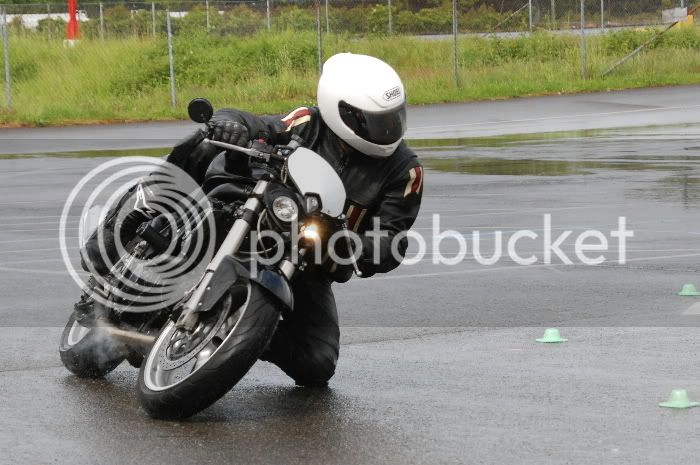windchaser1942
Well-known member
I don't mind getting wet on occassion and rarely do with my current riding clothes and I can deal with having to wash the bike down as necessary. However, I have yet to come to grip with just how much traction I really have. Based upon what I have read to date, most articles tend toward "what to wear" but not much on the traction issue.
Assuming new or near new tires of at least OEM quality how much grip can be expected? One article I read suggested locking up the rear wheel in the wet a couple of times to get a feel of what to expect but with ABS that is hard to do.
I realize this is a subjective subject and that there are alot of variables but what and how do you experienced "rain riders" deal with this issue? I do understood that things like painted roadways, manhole covers, railroad tracks and the like can be really dangerous. The amount of rain that has fallen and the extent the surface has been washed is a factor. Riding and shiftng gears smoothly is also important but with that said, is there any way to get a "grip" on this issue without damaging your bike? Is there such a thing as a "rule of thumb" that applies to riding in the wet?
Assuming new or near new tires of at least OEM quality how much grip can be expected? One article I read suggested locking up the rear wheel in the wet a couple of times to get a feel of what to expect but with ABS that is hard to do.
I realize this is a subjective subject and that there are alot of variables but what and how do you experienced "rain riders" deal with this issue? I do understood that things like painted roadways, manhole covers, railroad tracks and the like can be really dangerous. The amount of rain that has fallen and the extent the surface has been washed is a factor. Riding and shiftng gears smoothly is also important but with that said, is there any way to get a "grip" on this issue without damaging your bike? Is there such a thing as a "rule of thumb" that applies to riding in the wet?




